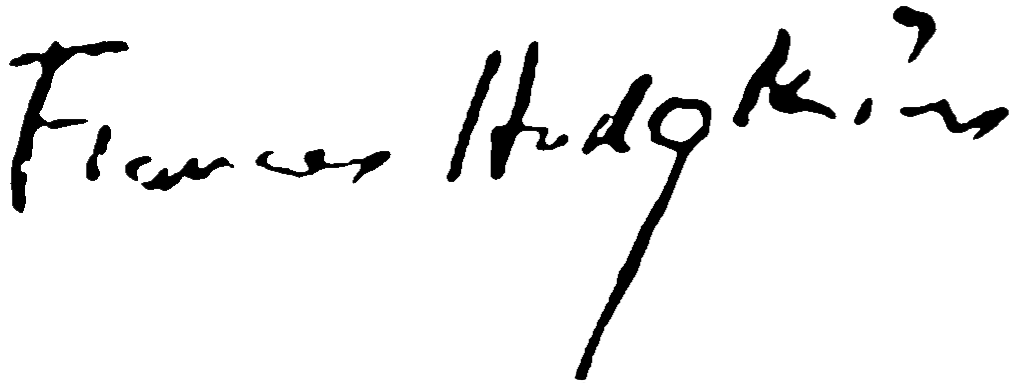CHRISTOPHER WOOD
The Sloop Inn, St Ives
Pencil on paper laid on card, 20 x 20 cm
Executed in 1926
In a letter from Frances Hodgkins to Lucy Wertheim on August 4th 1930 she wrote:
“We unanimously agreed to ask you as a great favour to reconsider the name of “Young Masters” & call yr gallery simply The Wertheim Gallery. To begin with yr main planks & supports (say Cedric – Matthew Smith Kit Wood – A Robinson?) ... These men do know what they are talking about. It is their world you know.”
Christopher Wood was born in Knowsley, near Liverpool, on April 7th 1901. He attended the Marlborough College in Wiltshire, and went on to study medicine and architecture at Liverpool University in 1919. While at University, Wood met Welsh painter Augustus John who encouraged him to become an artist.
Upon his decision to pursue an artistic career he met French collector Alphonse Kahn, who invited him to Paris where he enrolled at the Académie Julian in 1921. He became involved with a wealthy Chilean diplomat, Tony Gandarillas. Gandarillas not only supported Wood financially but introduced him to artists Pablo Picasso, Georges Auric and Jean Cocteau who became great influences on Wood. The drug opium was being widely used by artists in Paris at the time, and the hallucinogenic effect had an impact on the surrealist quality of Wood’s work but came at a cost to his mental wellbeing.
Throughout the early 1920s Wood travelled between Europe and North Africa with Gandarillas. In 1926 Wood became a member of The London Group and in 1927 joined the Seven and Five Society. Frances Hodgkins exhibited with The London Group in 1927 and joined the Seven and Five Society in 1929 after being introduced to the group by artist Cedric Morris. Hodgkins exhibited alongside Wood in the 9th Exhibition of the Seven and Five Society in 1929. It was through this gathering of artists that Wood came into contact with Ben and Winifred Nicholson.
Wood painted with the Nicholsons in Cumberland and Cornwall in 1928.The Cornish seaside made a great impact on Wood which led him to the artist and fisherman Alfred Wallis, who is well known for his naïve technique. His works were dominated by a skewed perspective and disproportionate objects. His time in Cornwall produced many notable works featuring seascapes, fishermen and boathouses. Wood created his own style during his stay in Cornwall. The importance of a figure or character was held at the forefront whilst working within Wallis’ naïve approach. He went on to spend a summer in Brittany, settling in Tréboul before returning to England for upcoming exhibitions.
In April 1929 Wood held a solo exhibition at Tooths Gallery, London, where he met Lucy Wertheim, Hodgkins’ gallerist friend and dealer. Wertheim purchased a work and arranged for an exhibition to be held at her gallery in London the following year. This was Wertheim’s first gallery, set to open in 1930. It was through the help of Hodgkins, Wood, (who was often referred to as‘Kit’) and Cedric Morris that the name of the gallery was established.
In May 1930 Wood exhibited alongside Ben Nicholson at Galerie Bernheim, Paris. This show featured paintings Wood completed during his time in Brittany the previous year. The show was not a great success and this caused his frenzied state as he prepared for the exhibition to open at Wertheim Gallery in October.
In August 1930, Wood met with his mother and sister in Salisbury to show them a selection of paintings for the upcoming exhibition. At this point he was suffering greatly from opium withdrawals which caused him to take his own life. An exhibition following his death was held in Wertheim Gallery in 1931 as well as Lefevre Gallery, London in 1932. In 1938 Wood’s paintings were included in the British pavilion at the Venice Biennale. In the same year a major exhibition was organised by the Redfern Gallery at the New Burlington Galleries, London. In 1948 Lucy Wertheim gifted an oil painting by Christopher Wood titled The Sloop Inn, St Ives to Auckland Art Gallery Toi o Ta ̄maki.This oil painting was completed in 1926 during his time in Cornwall.The work depicts an everyday scene of locals gathering outside a seaside pub. The present drawing held by Jonathan Grant Gallery is the working sketch for the completed canvas.
_
Written by Kaitlin Stewart

